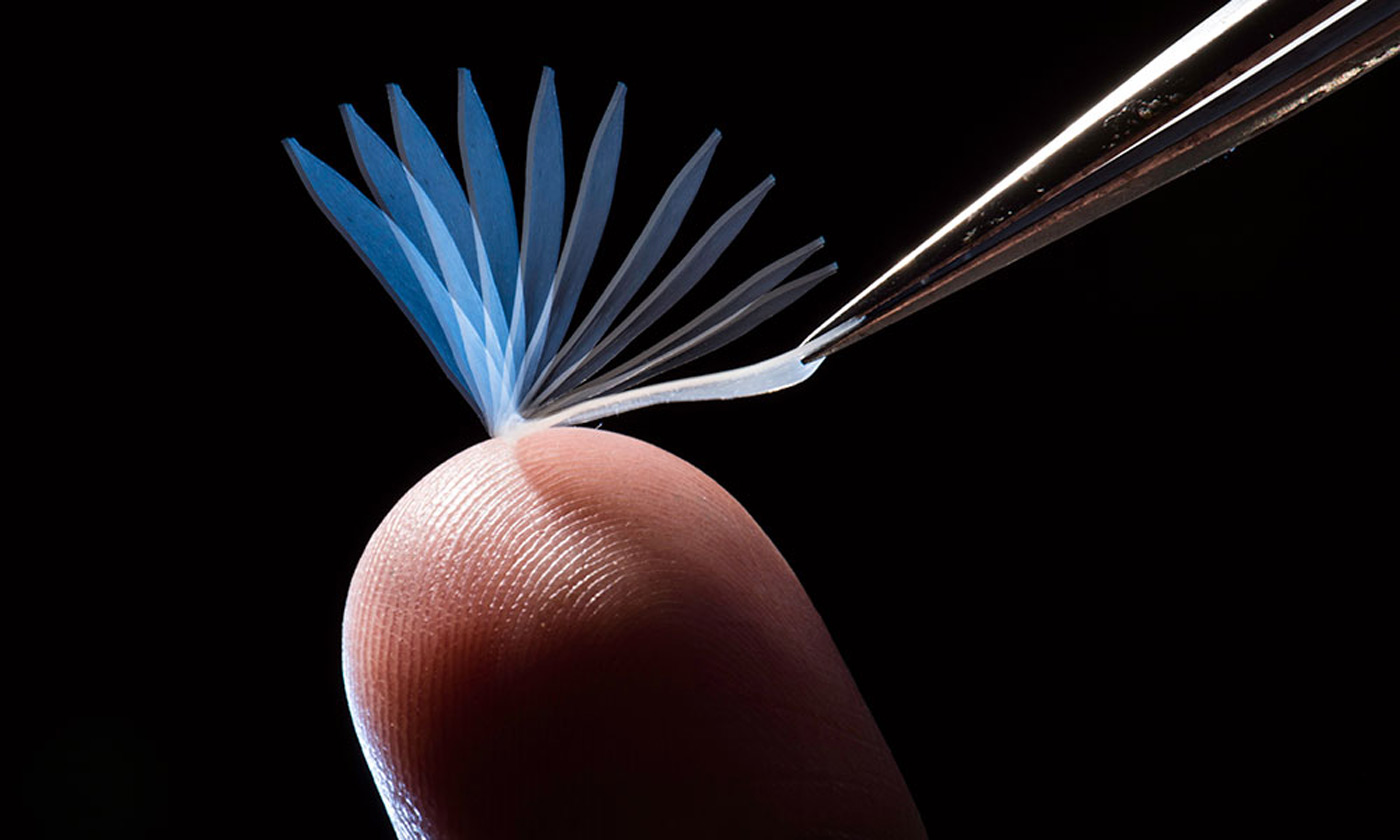
Unfortunately for those in the enemy tracking game, sophisticated aircraft-equipped anti-detection systems can outfox radar by intercepting the signal and sending back a false image, as shown above. However, researchers from the University of Rochester have figured out a technique to defeat such a jamming system that harnesses the quantum properties of light. By polarizing photons before sending them toward objects to be scanned, any attempt at modifying the returning photons caused quantum interference that was easy to detect, in the form of the very high polarization errors shown in the second false image. According to the team, such a a system could "easily be realized and integrated into modern optical ranging and imaging systems," with a little work, making it infinitely more difficult to defeat radar systems. Check the source for more "light" reading, provided that quantum mechanics doesn't break your brain.
Filed under: Science, Alt
Comments
Via: MIT Technology Review
Source: Arxiv (PDF)
 In case the rambling string of misspelled words and incoherent thoughts weren't dead giveaways, scientists have developed a method of machine learning to sniff out drunk tweets. Researchers from the University of Rochester collected 11,000 geotagged...
In case the rambling string of misspelled words and incoherent thoughts weren't dead giveaways, scientists have developed a method of machine learning to sniff out drunk tweets. Researchers from the University of Rochester collected 11,000 geotagged...
 In case the rambling string of misspelled words and incoherent thoughts weren't dead giveaways, scientists have developed a method of machine learning to sniff out drunk tweets. Researchers from the University of Rochester collected 11,000 geotagged...
In case the rambling string of misspelled words and incoherent thoughts weren't dead giveaways, scientists have developed a method of machine learning to sniff out drunk tweets. Researchers from the University of Rochester collected 11,000 geotagged...
 There have been plenty of tries at shape-changing materials, but this one might be the most practical yet. The University of Rochester has created a polymer that returns to its original shape when subjected to body heat -- touch a curled mess of the...
There have been plenty of tries at shape-changing materials, but this one might be the most practical yet. The University of Rochester has created a polymer that returns to its original shape when subjected to body heat -- touch a curled mess of the...

